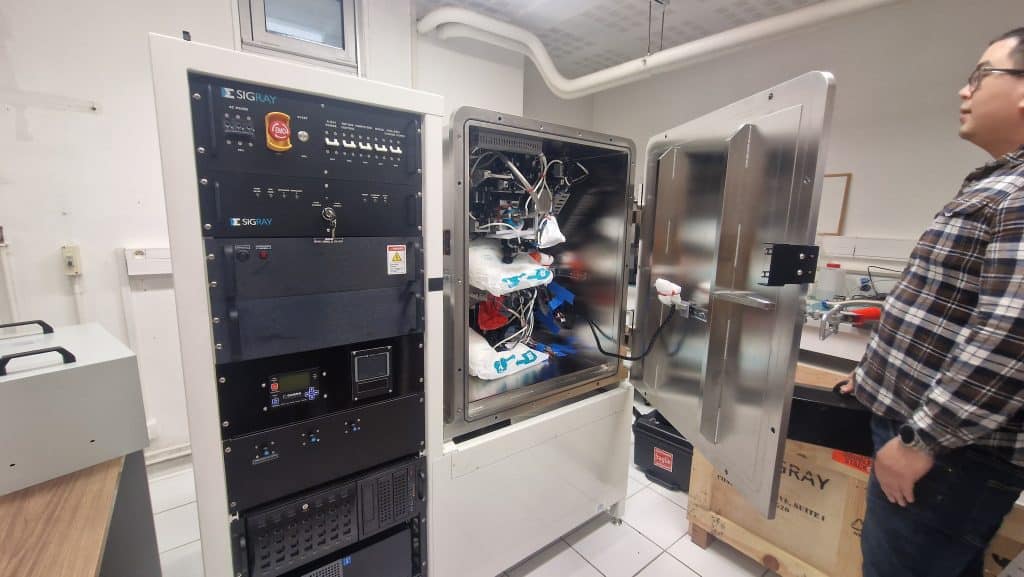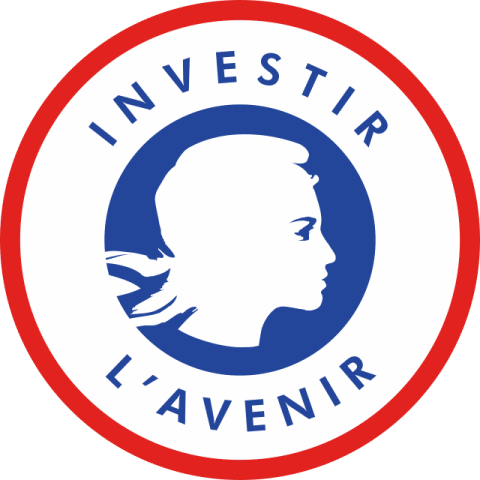
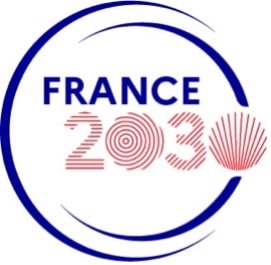
Equipex Imagine2
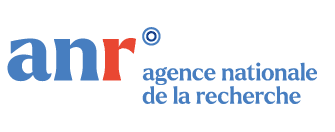
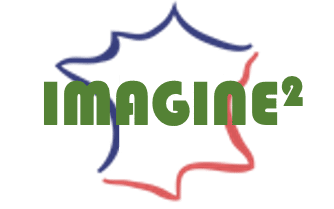
Oct. 2021 - June 2029
Project coordinator
CEREGE (Jérôme Rose)
Scientific Director CEREGE
Jérôme Rose
Consortium: a coherent set of 14 partners
BRGM (Orléans), CEA-LITEN (Grenoble), CEMHTI (Orléans), CEREGE (Aix-en-Provence), CSTB (Grenoble), EDyTEM (Le Bourget du Lac), GEORESSOURCES (Nancy), GREMI (Orléans), ICMN (Orléans), IPRA (Pau), ITES (Strasbourg), ISTO (Orléans)
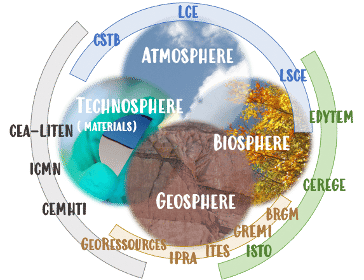
Structuring Equipment for Research (ESR / EquipEx+)
A €7m project to create an open technology platform
National Imaging and Analysis Platform for Guiding Innovation in the face of the Environmental and Energy Transition: IMAGINE2
Understanding global changes and their impacts to meet human needs equitably while limiting the damage to the planet is the main challenge of the 21st century. The IMAGINE national platform2 and its partners are focusing their efforts on environmental and energy transitions. Their objective is to generate quantitative data to build decision support tools.
The aim of IMAGINE2 is to create a open technology platformThe platform is designed to characterise a wide range of complex, heterogeneous and generally fragile materials and samples related to the environmental and energy transition. The platform aims to strengthen our capacities, while optimising investment and operating costs. The strength of this platform will be to carry out analyses at several spatial and temporal scales under static and dynamic conditions under chemical, physical, biological and mechanical constraints.
By developing thecorrelative imaging and multimodal analysisIMAGINE2 will bring together X-ray, electronic and 2D-3D spectroscopic imaging equipment to decipher the relationships between the textural, structural and chemical properties of materials and their functions, effects or performance.
The WP0 "Management" will ensure progress in accordance with the work plan and with the rules and procedures of the ANR.
WP1, "Requirements Definition and Installation", will define the equipment specifications according to the needs of the research areas concerned.
WP2 "Best Practice Network, Harmonisation and Training", will develop cross-instrument guidelines and best practice. It will undertake a series of activities designed to ensure the full integration and involvement of all partners.
The WP3 "Technical Innovation" will benefit from the expertise of the IMAGINE partners2 instrumental development to build unique devices for on-site and laboratory sample sorting/screening. The implementation of correlative imaging will be based on software solutions and the development of common geolocation sample holders.
WP4 "Data for Science" will support the integration of knowledge from an experimental perspective, looking at the qualitative aspects of integrating data streams into the IMAGINE2 platform.
The WP5 "Access to IMAGINE2" The aim is to provide easy and flexible access to researchers from academia and industry. WP5 will promote the platform in the academic and private sectors through networking and a virtual environment showcasing all the services and capabilities provided by the platform.
WP6 "Knowledge Management", dissemination, is about creating a set of links between our consortium and the outside world. Continuous efforts will be made using a wide range of IT tools to target potential users and stakeholders.
Imaging equipment
- Mobile platform (Core scanner, XRD, Raman, UV-vis)
- Automatic sorting machine (optical image, XRF)
- AXIO Scan and Micro-XRF AttoMap
- Micro-CT 4D DynaTOM
- and CT-line module
- SAXS dual beam
- Orbitrap Tribid MS
- EC-MS/MS
- Nano-CT
- FIB-SEM-EDX laser
- FIB-SEM EDX
- Ultramicrotome
L'AttoMap-310, Sigray is an analytical X-ray microscope that combines several innovations to offer the highest spatial resolution (from 7 to 45 µm) and sensitivity (down to ppm) available in the laboratory.
This spectrometer enables rapid chemical mapping of the distribution of trace elements. And, thanks to a low-energy detector, a vacuum chamber and a suitable target, it is capable of imaging and quantifying (<1%) light elements down to carbon.
This equipment, the only one of its kind in Europe, enhances CEREGE's range of analytical services for the scientific community on a national scale.


